Inside OTIIMA
Articles, product launches, and latest news around the themes of architecture, design and contemporary art.
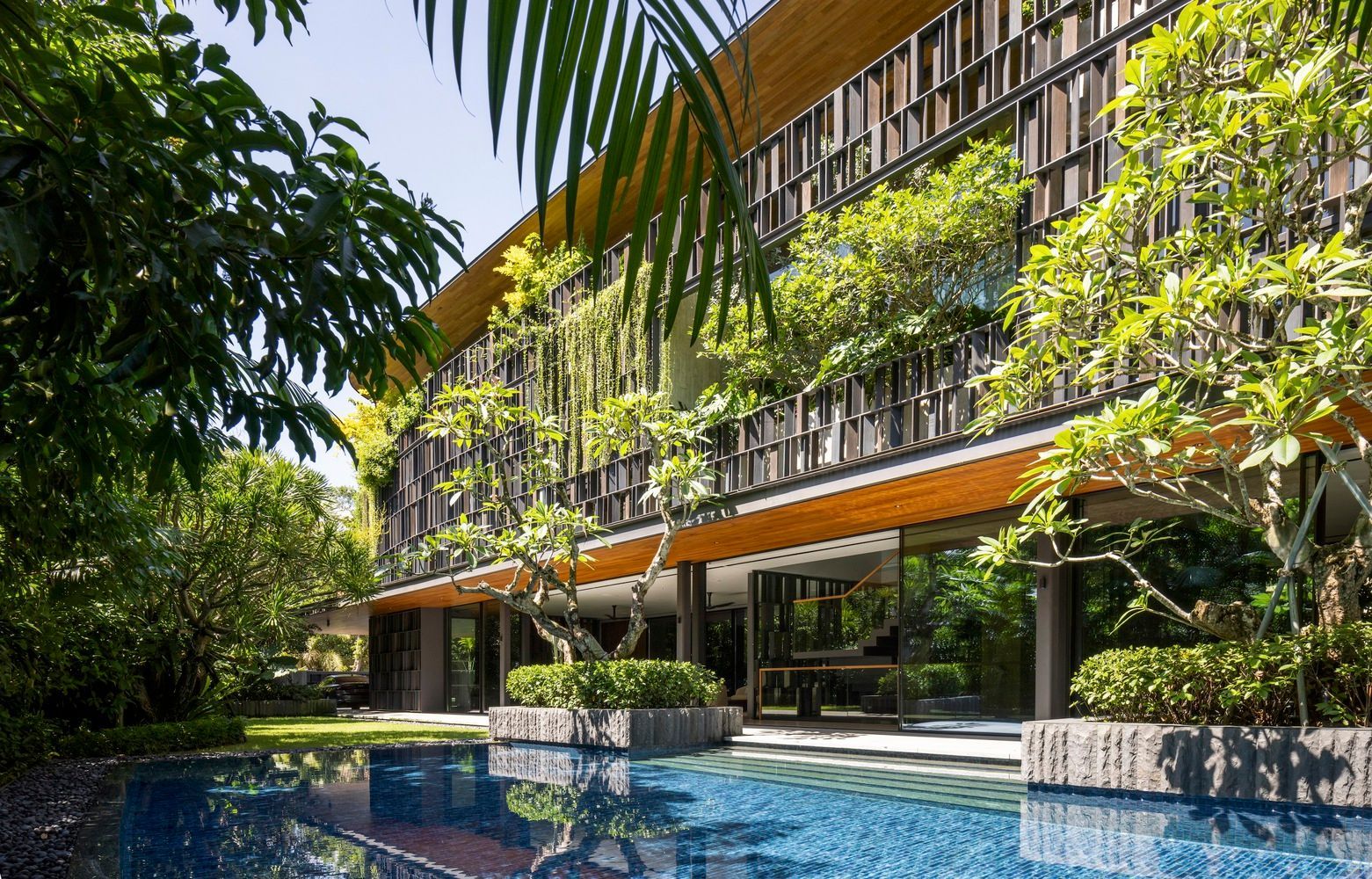
In an era where urban density often distances us from the natural world, biophilic home design reconnects us to its source. It’s a philosophy, a return to the organic connection between people and place. Rooted in the belief that human well-being flourishes when surrounded by nature, biophilic design invites light, air, water, and greenery into the very structure of our daily lives. It softens boundaries, dissolves barriers, and opens interiors to the healing presence of the outdoors. At OTIIMA, we see minimal frames not just as tools of transparency, but as portals to presence. Our systems are about dissolving walls, not simply through glass, but through feeling. Biophilic design is based on the idea that humans thrive when connected to nature. In residential architecture, this translates into the thoughtful use of natural materials, ample daylight, fresh air circulation, and the integration of plants and outdoor views. When applied effectively, these elements improve comfort, boost mental clarity, and support overall well-being, turning a house into a healthier and more balanced living environment. Here are three houses where OTIIMA becomes the quiet conduit between architecture and nature: Touching Eden House | Wallflower Architecture + Design Singapore
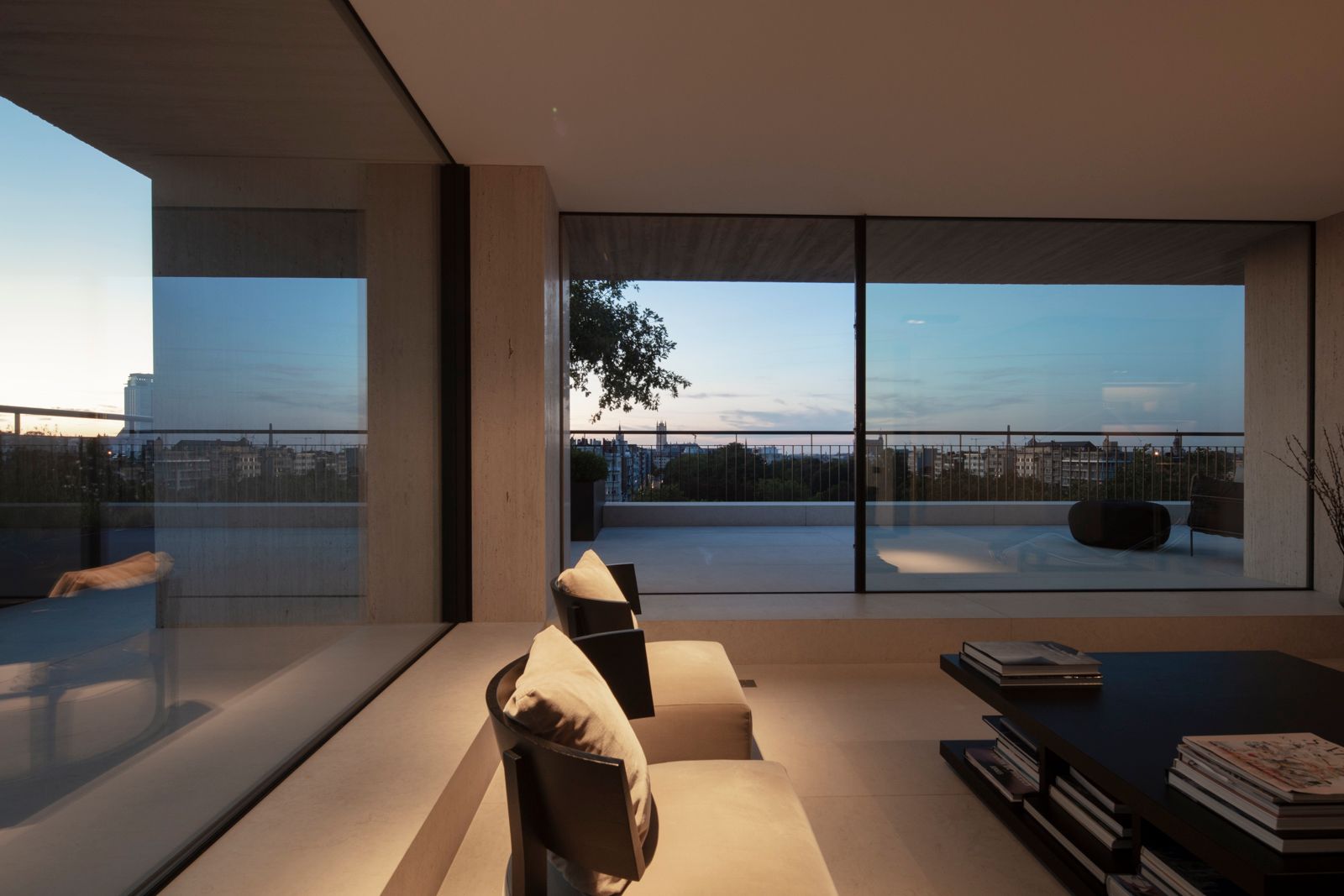
Elevated above the urban landscape of Ghent, a private residence by Glenn Sestig Architects reinterprets the interaction between architecture and its atmospheric context. This apartment exemplifies architectural innovation and meditative design, transcending mere functionalism to emphasize the essential. The architectural language is characterized by clarity, featuring clean lines and monolithic surfaces that establish a sophisticated aesthetic. A minimalist palette comprising travertine walls, smooth concrete ceilings, and soft beige flooring provides a cohesive backdrop for the living spaces. The interiors are fundamentally influenced by natural light rather than ornamental elements, demonstrating a meticulous approach to geometry, proportion, and detail.
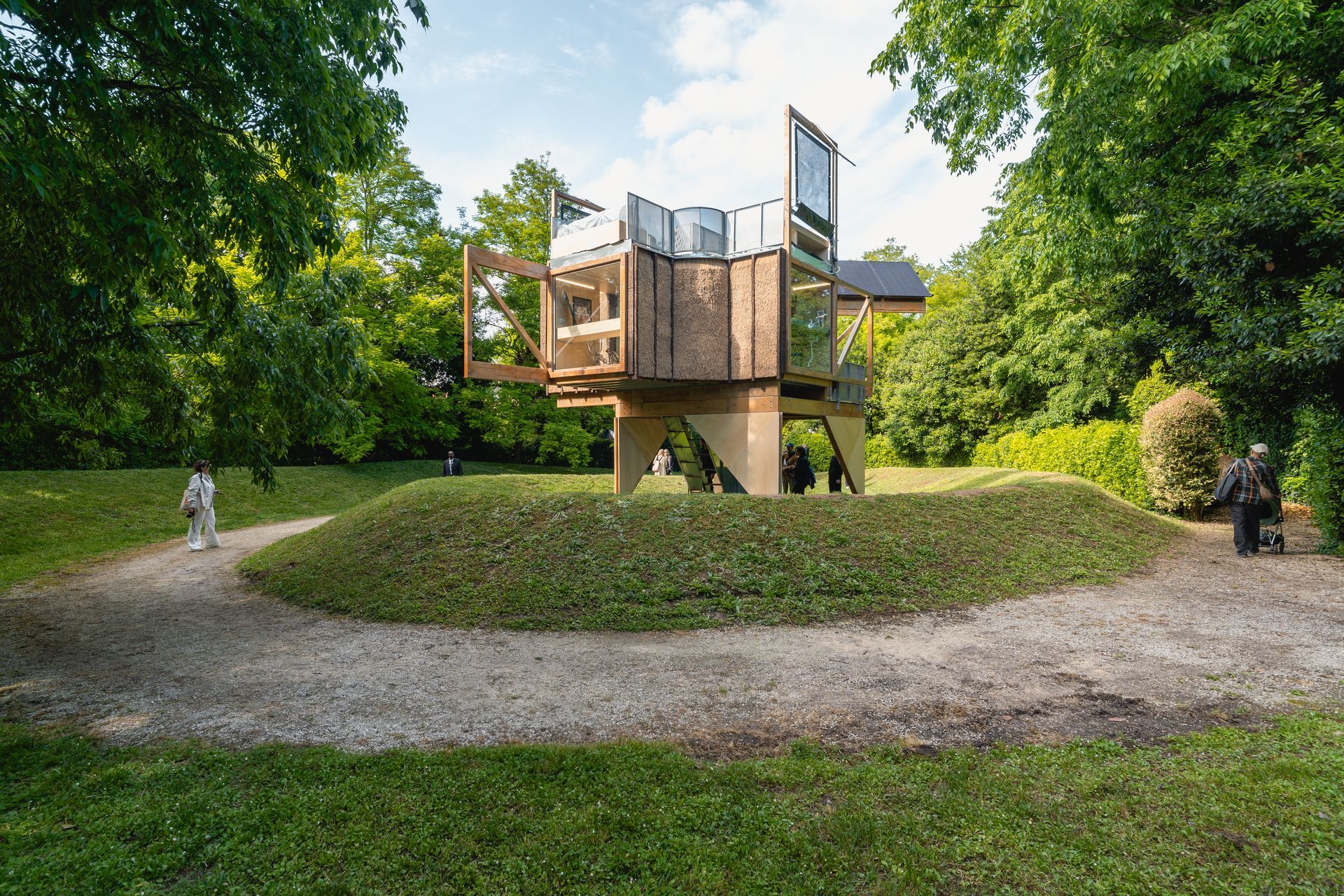
The 19th Venice Architecture Biennale, curated by Italian architect and MIT professor Carlo Ratti, opened this year under the provocative theme “Intelligens. Natural. Artificial. Collective”. At the intersection of these forms of intelligence stands architecture, and, quite literally, the hands that bring it to life. Among the many national pavilions and installations taking center stage in Venice, two remarkable projects stand out for their strong conceptual vision and technical precision. Both were made possible by the expert collaboration of Portuguese-based ArtWorks. Eco Folie: Rethinking Survival Architecture in the Atacama Desert Designed by Chilean architects Pedro Alonso and Pamela Prado, Deserta Ecofolie is a minimalist housing prototype created for one of the most extreme environments on Earth: the Atacama Desert. With a just 16 square meters footprint, this compact structure is a statement of resilience and innovation.
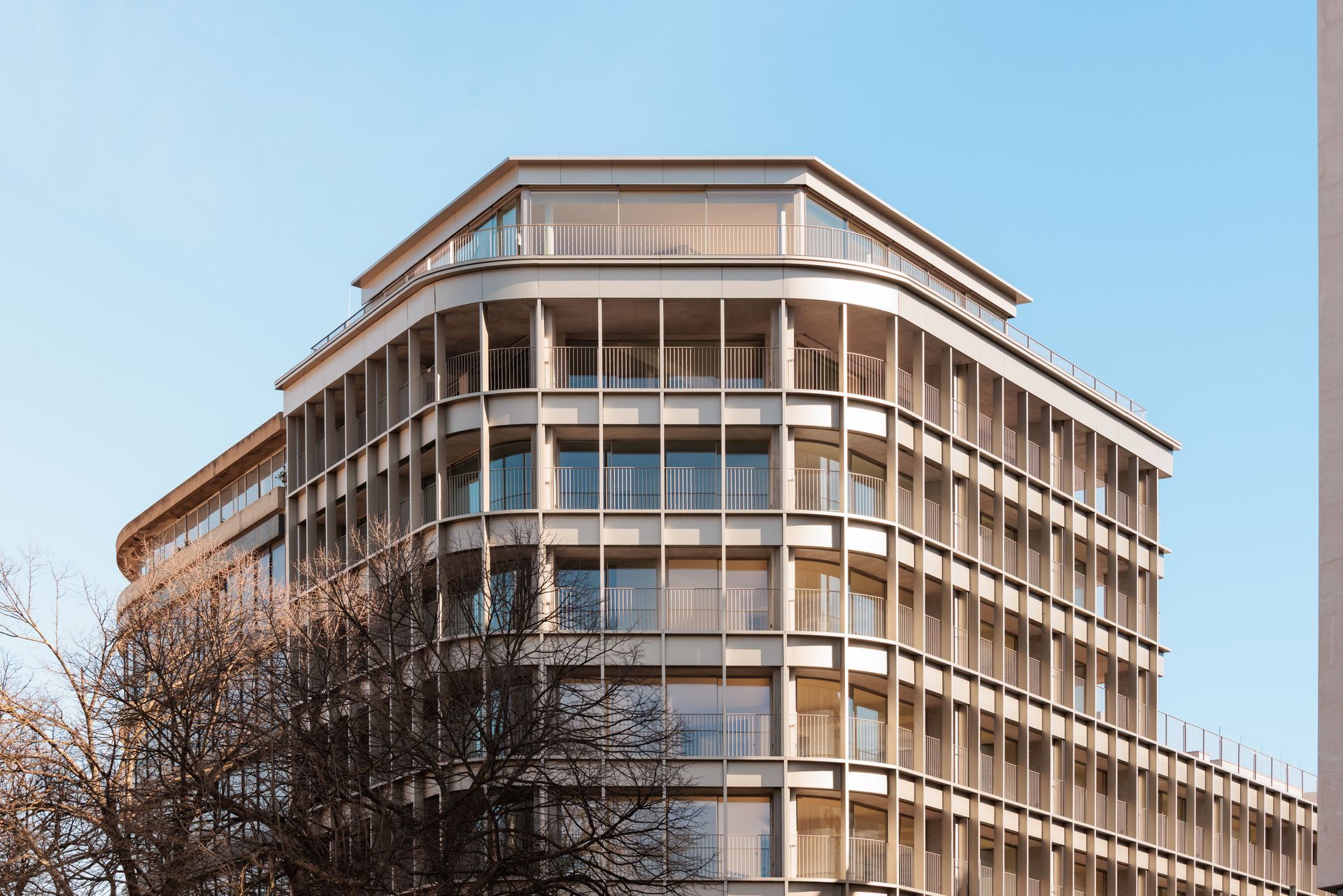
In the heart of Lisbon, where the city begins to rise and the river still whispers in the distance, a new residential building stands with confidence. Bow, designed by Ana Costa Arquitetura and developed by Prime Portugal, redefines what it means to live above the Marquês de Pombal. Bow opens to Lisbon’s shifting light and long horizons from the upper levels. Its form embraces the curvature of the landscape, while its architecture speaks in soft, decisive lines. Within those lines, OTIIMA plays a leading role.
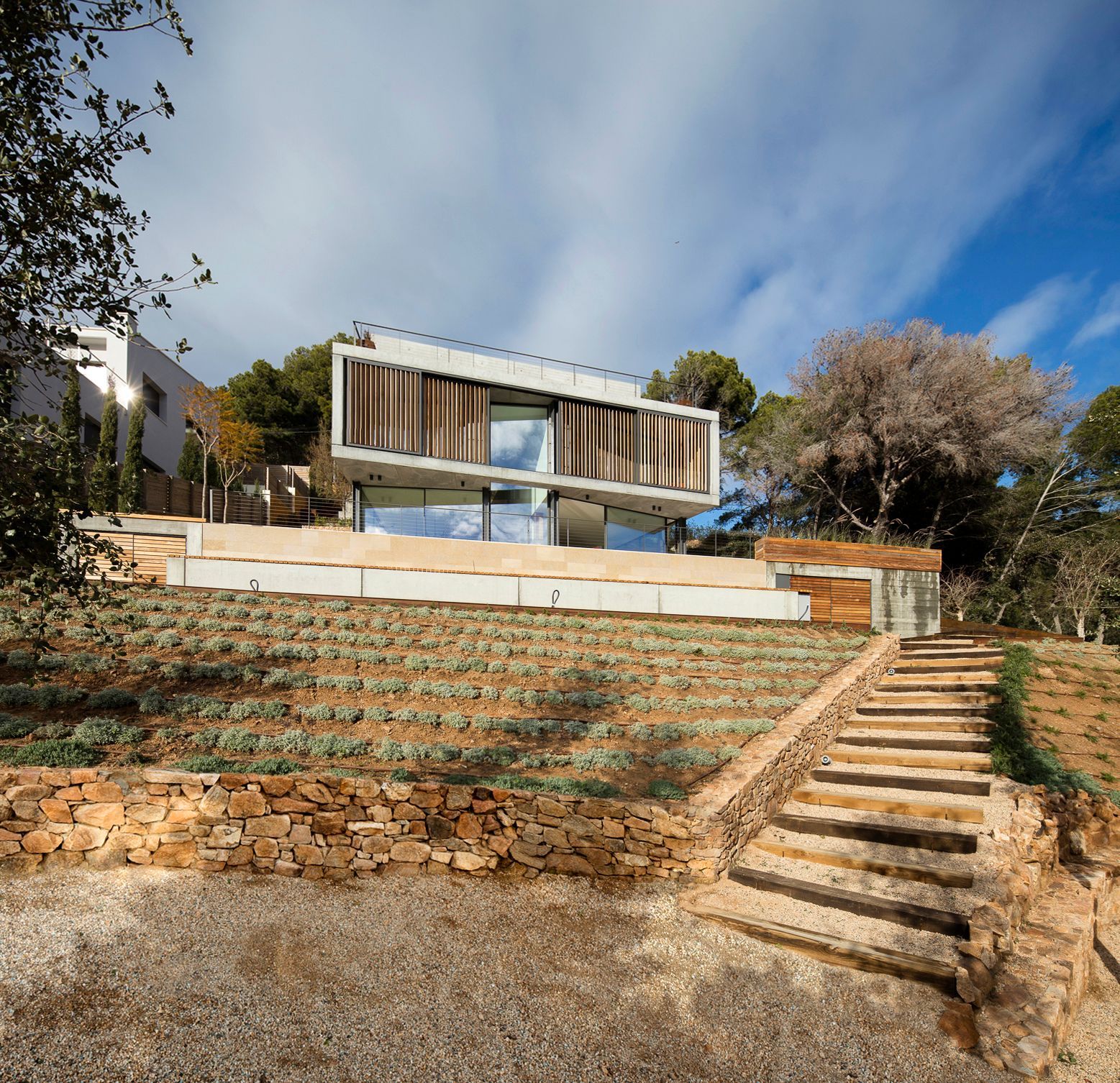
There is a particular kind of silence in Mediterranean architecture. A silence made of sun-bleached walls, filtered light passing through wooden slats, and open courtyards that breathe with the wind. Today, this timeless language is being rewritten—minimal, restrained, and yet deeply rooted in the rituals of the land. A Tradition Reinvented Modern Mediterranean architecture doesn’t mimic the past. It refines it. The terracotta is still warm, the limestone still rough, but now the lines are sharper, the spaces more fluid. Architects are reclaiming the vernacular, not as nostalgia, but as a source of resilience, comfort, and sensory clarity. Its architecture is made to age with grace. Made for slowness, for texture, for shadow.
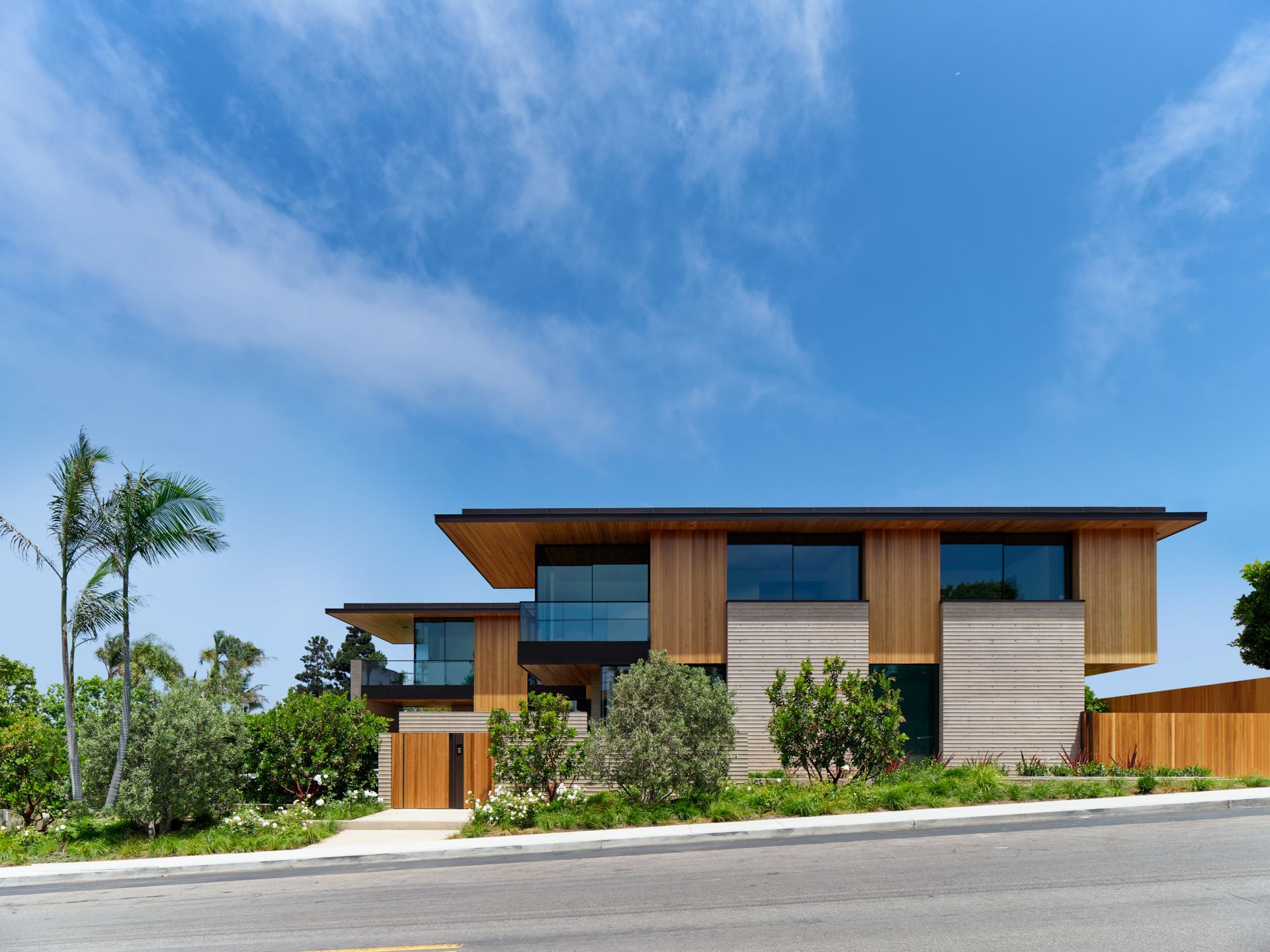
At the heart of every Laney LA project lies the pursuit of something greater, timeless yet undeniably fresh. In SC Residence, the Los Angeles-based studio partnered with OTIIMA to push boundaries in aesthetics and performance. We sat down with the architects behind the project to discuss their approach, the power of collaboration, and how innovation can shape the cities of tomorrow. A Practice Rooted in Time and Experimentation For Laney LA, design is not simply a choice between old and new; it’s about finding the balance between the two. “Our studio is constantly searching for a design that embodies timelessness and innovation. Timelessness includes staying power and that rare ability to remain relevant over time. Innovation feeds our curiosity as we are oriented toward noticing new ideas.” This mindset requires continually questioning conventional design norms. Which rules are worth preserving, and which are meant to be broken? For Laney LA, the tension between the two is where meaningful architecture begins.
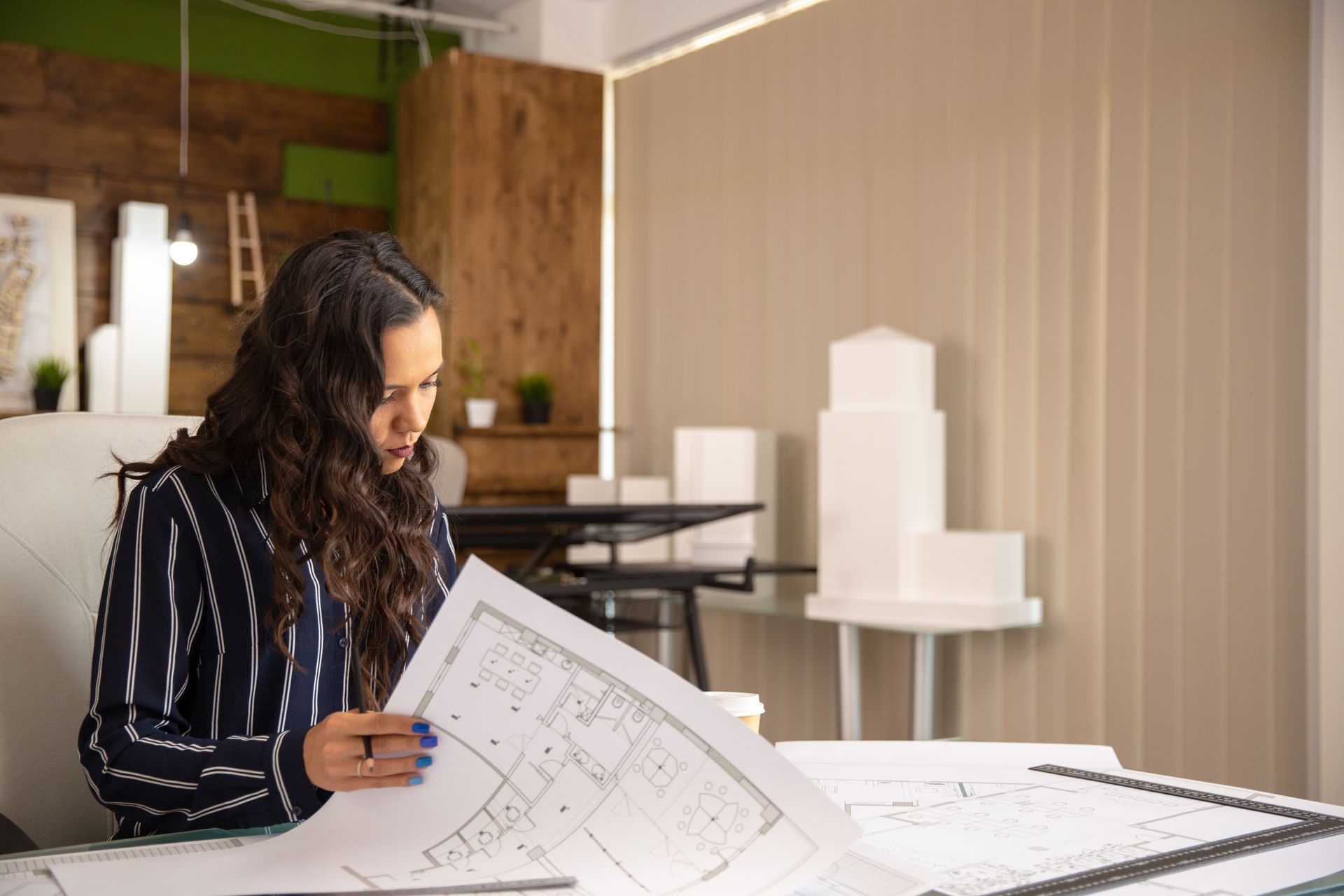
In architecture, inspiration is everything. It drives concepts, shapes materiality, and defines the experience of space. But finding fresh ideas, especially in a fast-paced, globalized industry, requires more than scrolling through image feeds or revisiting old references. It demands a mindset of curiosity, observation, and intention. Here are six practical ways to uncover and turn meaningful architectural inspiration into project-defining ideas. 1. Diversify Your Sources of Inspiration Expand your creative horizons by exploring areas beyond architecture, such as art, literature, music, and nature. This holistic approach can introduce innovative concepts that can be adapted into your architectural work. Tip : Shift your perspective by exploring different forms of creativity to break through creative blocks.
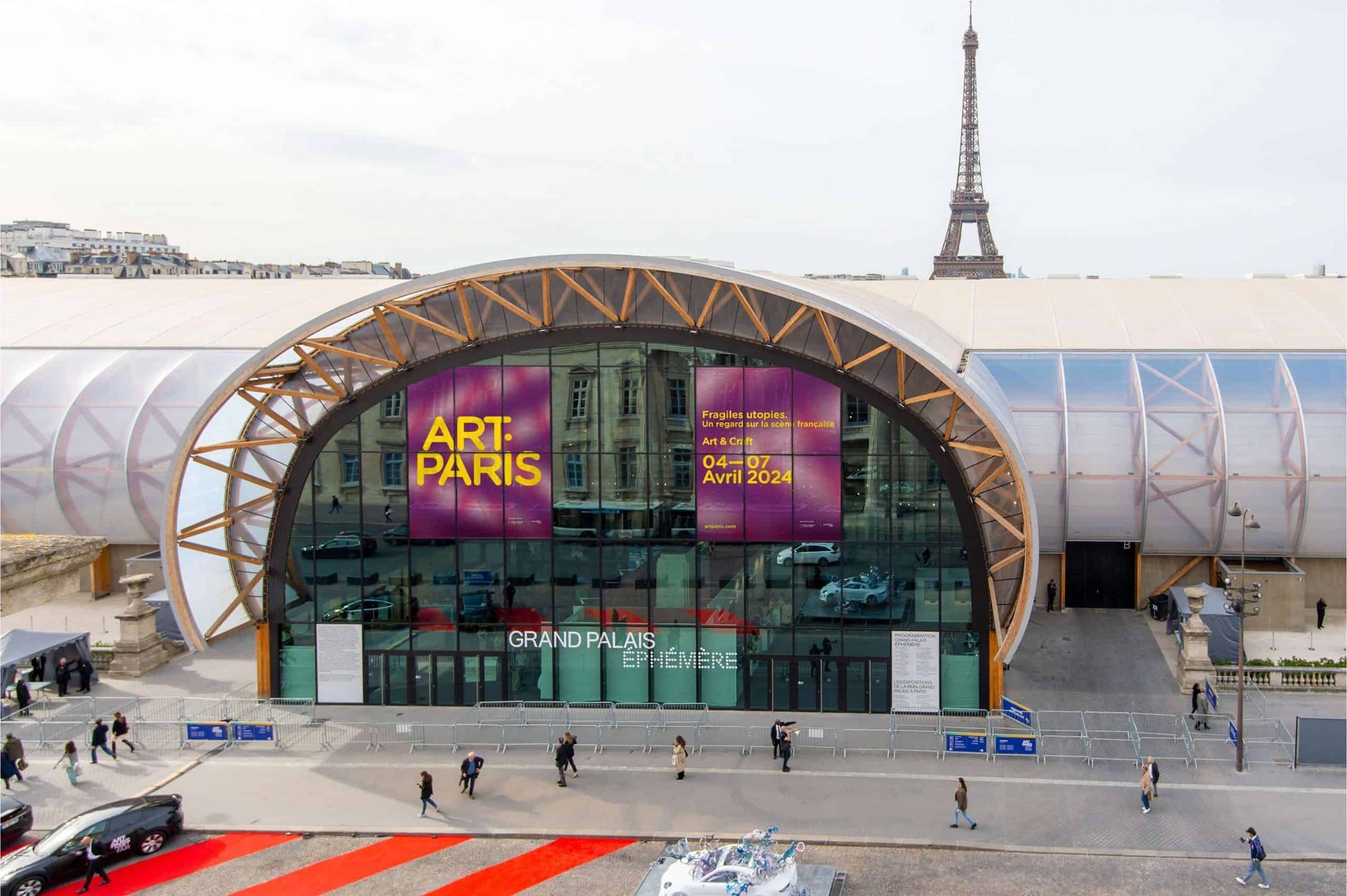
The world of architecture and design is filled with inspiring events throughout the year, but April stands out as a particularly dynamic month. With a lineup of prestigious exhibitions, fairs, and industry gatherings, it offers a unique opportunity to engage with groundbreaking ideas and emerging trends. In this article, we explore the top architecture and design events taking place this April, from the artistic influence of Art Paris to the innovation showcased at Expo 2025 Osaka. Art Paris 2025 Grand Palais Éphémère, Paris | April 3–6, 2025 A celebration of contemporary art, Art Paris returns with a focus on architectural influences in modern creative expression. Featuring an impressive selection of galleries, this edition highlights the dialogue between art and space, offering a unique perspective for architects seeking inspiration beyond traditional frameworks.
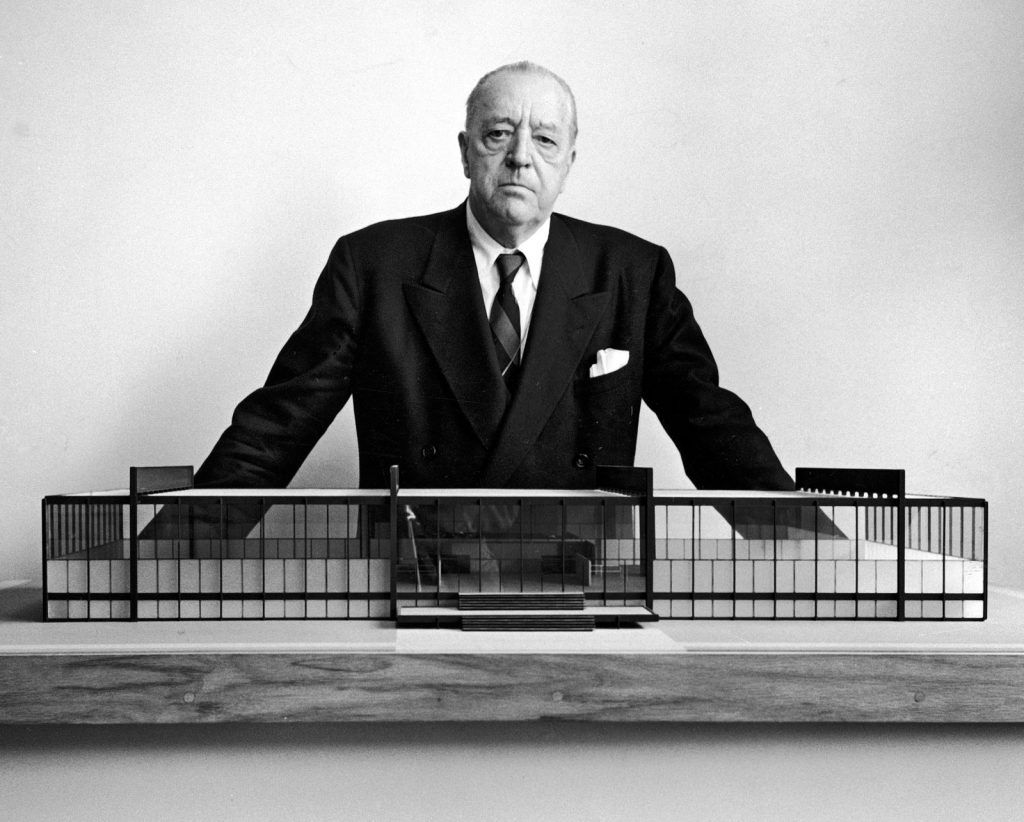
March 27 marks the anniversary of Ludwig Mies van der Rohe, one of the most influential architects of the 20th century. His philosophy, built on clarity, simplicity, and material honesty, continues to inspire contemporary architecture. His work embodies a timeless vision that remains as relevant as ever. Here are five key lessons architects today can learn from Mies van der Rohe. Less is More Perhaps his most famous principle, “Less is more,” summarizes Mies’ approach to design: stripping away the unnecessary to reveal the essential. His buildings are characterized by clean lines, open floor plans, and an absence of ornamentation. This philosophy encourages architects to prioritize spatial clarity and material integrity, resulting in structures that are modern and enduring.





